In the absence of international standards, widely differing attitudes and laws, medical and social cultures strongly influence whether and how patients may access their medical records in various settings of care. Reviewing records, including the notes clinicians write, can help shape how people participate in their own care. Aided at times by new technologies, individual patients and care partners are repurposing existing tools and designing innovative, often ‘low-tech’ ways to collect, sort and interpret their own health information. To illustrate diverse approaches that individuals may take, six individuals from six nations offer anecdotes demonstrating how they are learning to collect, assess and benefit from their personal health information.
Editorial / Commentary
Open notes in cancer care: coming soon to patients
From Nov 2, 2020, new federal laws in the USA mandate that providers must extend open notes to all patients, with a few permitted exemptions. Drawing on findings in oncology settings, this paper outlines what this innovation might mean for patients and oncologists.
Care Partners and Patient Portals—Faulty Access, Threats to Privacy, and Ample Opportunity
Care partners value having access to their loved one’s information. The patient portal is a convenient way to access test results and clinical notes, communicate with health care practitioners, and link care partners to the clinical team, making it a powerful tool for realizing the goals of care.
Sharing notes with mental health patients: balancing risks with respect
In the past decade, health institutions in over ten countries—including Australia, Canada, Sweden, and the USA—have begun to provide patients with access to their clinical records via secure online portals. So far, however, few health organisations have chosen to share clinical notes written by mental health professionals. Clinicians, especially those working in psychiatric settings, remain concerned that patients could become anxious, confused, or offended by what they read, and that sharing notes will create an extra work burden for mental health professionals.
Patients’ access to health records
The international movement pushing to increase transparency by giving patients easy access to their health information parallels a broader shift in healthcare towards increased patient empowerment and participation.
Ready or Not, We Live in an Age of Health Information Transparency
A new study from the OpenNotes project (1) suggests that giving patients access to their physicians’ visit notes may improve their understanding of and comfort with their medications, as well as adherence to medication regimens.
Patients as diagnostic collaborators: Sharing visit notes to promote safety and accuracy
Error resulting from missed, delayed, or wrong diagnoses is estimated to occur in 10–15% of ambulatory and inpatient encounters, leading to serious harm in around half of such cases. When it comes to conceptualizing diagnostic error, most research has focused on factors pertaining to: (a) physician cognition and (b) ergonomic or systems factors related to the physician’s working environment. A third factor – the role of patients in diagnostic processes – remains relatively under-investigated. Yet, as a growing number of researchers acknowledge, patients hold unique knowledge about themselves and their healthcare experience, and may be the most underutilized resource for mitigating diagnostic error. This opinion article examines recent findings from patient surveys about sharing visit notes with patients online. Drawing on these survey results, the authors suggest three ways in which sharing visit notes with patients might enhance diagnostic processes: (1) avoid delays and missed diagnoses by enhancing timely follow up of recommended tests, results, and referrals; (2) identify documentation errors that may undermine diagnostic accuracy; and (3) strengthen patient-clinician relationships thereby creating stronger bidirectional diagnostic partnerships. The authors also consider the potential pitfalls or unintended consequences of note transparency, and highlight areas in need of further research.
Harnessing the Consumer Movement
In this issue, an American College of Physicians (ACP) position paper on Principles for Patient and Family Partnership in Care moves beyond longstanding rhetoric urging clinicians to become more “patient-centered” and calls for an aggressive turn toward true partnership (1). The ACP recommends that patients and families work closely with clinicians to improve medical education and health care systems. The paper cites ample evidence that such partnerships benefit patients and clinicians alike and argues that attention to dignity and respect may improve health outcomes, adherence to care plans, efficiency, and patient and clinician satisfaction.
Your Patient Is Now Reading Your Note: Opportunities, Problems, and Prospects
Patients have unprecedented online access to their medical records. More than 6 million Americans can now read their doctors’ notes via patient portals, and continued rapid growth is likely. Sharing notes with patients may yield important health benefits, including increased patient empowerment and improved medication adherence. Seeing written information, including notes, helps patients remember the plan of care, reinforces patients’ positive behaviors, and strengthens the patient–doctor alliance.
Transparenz in der Arzt-Patienten-Kommunikation
Den Patienten den Einblick in die eigenen Gesundheitsinformationen zu gewähren, kann unter anderem ihre aktive Rolle verstärken. Sie sind daran interessiert, bei der Erstellung und Bereitstellung ihrer medizinischen Aufzeichnungen beteiligt zu werden. Da sich die Transparenz im Umgang mit medizinischen Dokumenten gegenwärtig ausbreitet, ist es wichtig, ein besseres Verständnis für Vor- und Nachteile zu gewinnen. Das gilt für Patienten und Ärzte gleichermaßen. Zudem können Zielgruppen identifiziert werden, die möglicherweise unterschiedliche Formen der Übermittlung erfordern. Weitere, vertiefende Studien sind notwendig.



